WHEN IT COMES TO building muscle, the basic formula is simple: Lift something heavy, lower it, and repeat with even heavier weights once your body adapts. But if you want to maximize your gains, your approach must extend beyond the weight room. What you do between workouts is just as important as what you do during them—especially when it comes to nutrition.
That’s why many lifters also follow another simple formula: Eat big to get big. It’s called “bulking,” and it involves consuming more calories than you need to maintain your weight each day. When combined with a training program that hits each muscle group at least twice a week, bulking is proven to help optimize hypertrophy. But there’s a catch: The process typically also increases body fat.
Competitive bodybuilders fight the flab by incorporating calorie-restricted “cut” phases into their training and competition cycles. But if you’re not a physique athlete who’s used to alternating between looking slightly doughy and absolutely shredded, such “bulking and cutting” can be hard to handle. As a result, many lifters are turning to a new method that aims to maximize your gains without expanding your waistline: Maingaining.
What Is Maingaining?
The idea behind bulking and maingaining (also called “gaintaining”) is the same: Increasing your daily calorie intake to support muscle growth.
They differ in the details and the focus of your approach. Bulking often skews toward a “see food” eating mentality (i.e., if you see it, you eat it, consuming up to 20 percent more calories per day than you need to maintain your current weight). That more is better mentality adds muscle, but also mass you might not want. That's why bulkers follow their period of plenty with a restrictive cut phase to shed their unwanted body fat.
Maingaining takes a more moderate approach. You only want to elevate your daily calorie consumption by about five percent. For most guys, that translates into 100 to 200 extra calories a day—mostly protein—in order to build muscle without adding fat.
Does Maingaining Work?
The answer to how effective this process can be varies depending on who you ask. The bodybuilding community still tends to favor the tried-and-true method of bulking and cutting to achieve strength and physique goals—but a growing number of scientists and trainers recommend maingaining as a way to get off that dietary rollercoaster.
Supporters of the approach often point to a recent study by Eric Helms, Ph.D., C.S.C.S., a competitive bodybuilder and senior research fellow at the Auckland University of Technology in New Zealand. The study divided 17 trained lifters into three groups: those who ate only enough calories to maintain their current weight each day, those who increased their daily intake by five precent, and those who increased their daily intake by 15 percent. To Helms's surprise, even though the high-calorie group gained more overall mass, there were no differences in strength gains or muscle thickness compared to the group that only increased their daily intake slightly.
The takeaway: You don’t necessarily have to eat big to get bigger. But before you get too excited, remember that it’s just one study—and a tiny one at that. More research is needed to make any conclusive judgment on just how effective maingaining can be compared to the traditional approach to packing on muscle. It’s also important to note that Helms’s study focused on “trained lifters,” which highlights another critical point: Maingaining isn’t for everyone. In fact, it comes with several caveats.
Is Maingaining Right for You?
If you’re just beginning your strength training journey and have a lot of weight to lose, steer clear of maingaining—at least for now. Instead, focus on eating a healthy, high protein diet that puts you at a slight caloric deficit (i.e., a couple of hundred calories less per day than it would take to maintain your current weight). Once you achieve a healthy weight and a body fat percentage that makes you smile when you look in the mirror, you can consider maingaining.
That point is different for everyone, but for the majority of guys it generally translates into a body fat percentage below 20 percent. If you can see your abs, you’re a prime candidate to try the maingaining approach—but be sure to manage your expectations. To be successful at maingaining, you have to be comfortable playing the long game, because while your gains might ultimately be similar to those you can achieve through bulking and cutting, they typically come more slowly, which can be frustrating. On the flipside, your six-pack will be constant while those of your bulk-and-cut buddies will always be come and go.
If your body fat ever drops much below 10 percent—as might happen when you peak for a bodybuilding competition or if you suffer from an eating disorder—do not maingain. Briefly dipping into the low single digits of body fat is par course for many athletes (especially physique competitors), but maintaining such low levels for extended periods can be life-threatening. Bring your body fat percentage back up above that 10 percent line by eating at a caloric surplus before you even begin to consider any sort of restrictive diet plan.










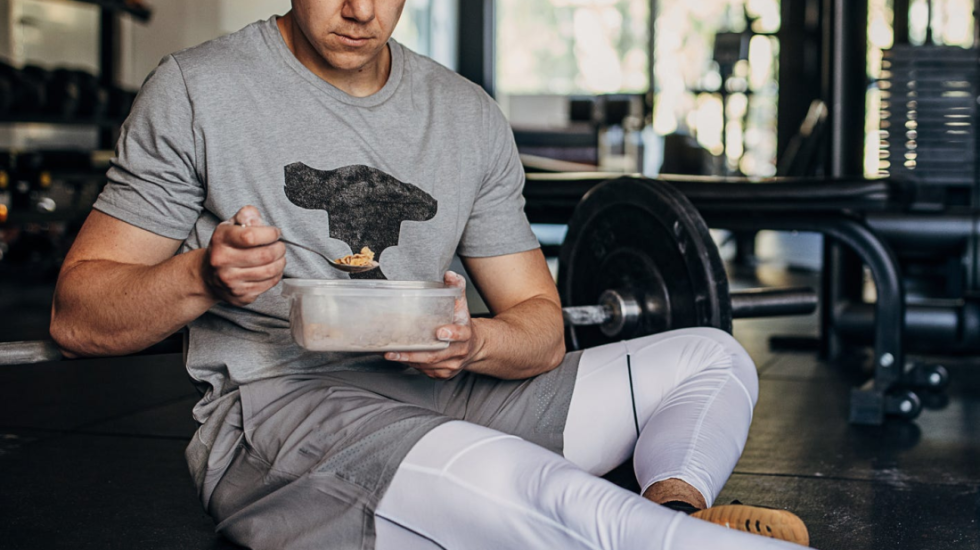


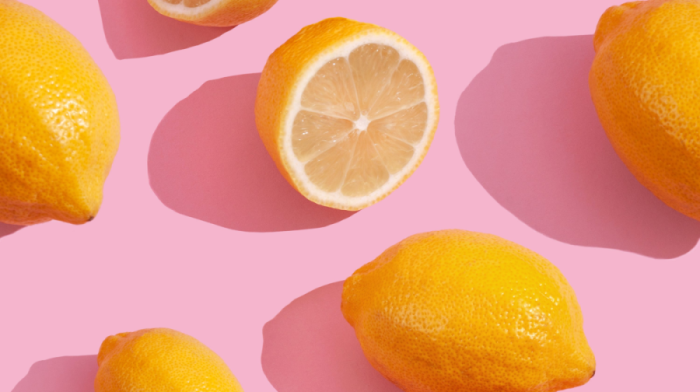

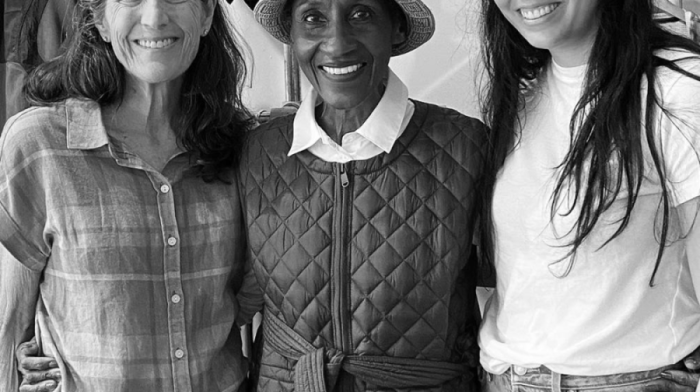







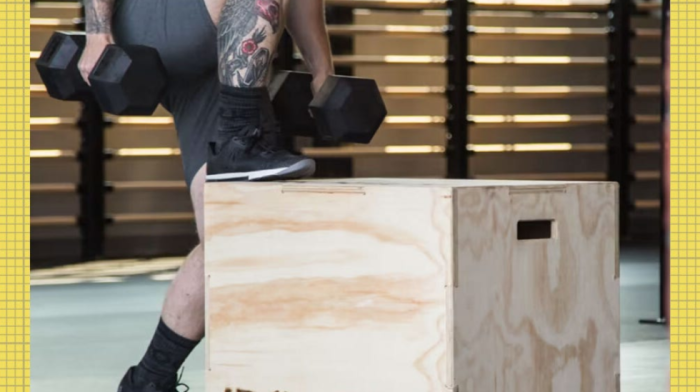

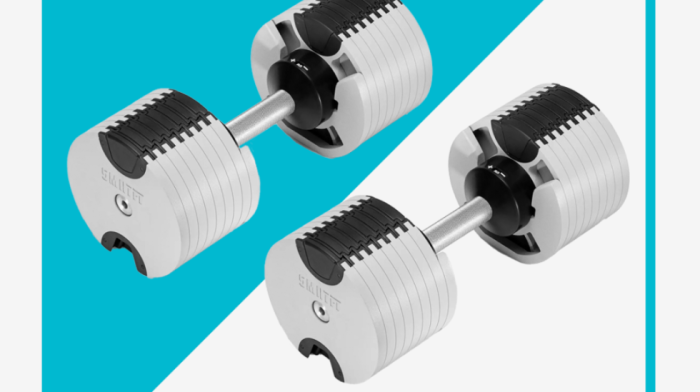
Comments (0)